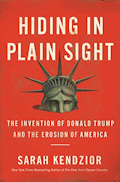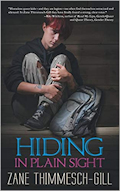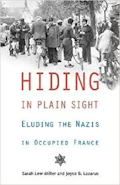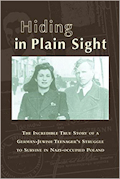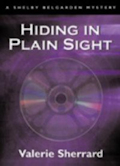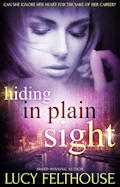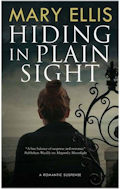Of late, there’s been much brouhaha over the “banning” of books. In some cases these have not been actual banning, but have been portrayed as such, for example, as I write this, one of the most talked about ones is Maus, a graphic novel about the Holocaust. At least as of now, it hasn’t been banned, by anyone, it was removed as a text from a single high school course held at two high schools in McGinn Country, Tennessee, affecting around 50-60 students a year. It remains on the library shelves of the schools involved, it wasn’t burned (well, it might have been included in some staged book burnings by some hysterical townsfolk, but they had to go out and buy their own copies). It is to be replaced with a different text… which one is the source of much speculation and agitation on the part of outsiders who haven’t a clue. Now, that may well change, but that whole situation has more or less dropped out of the news cycle, so we may never know.
The latest that came to my attention was the school board in Wentzville, Missouri, a suburb of St. Louis, with a population of about 39,000, although the school district covers a population of 85,000, of whom, about 17,400 are students, at 22 different schools. So this has a bit more impact than the case above. Depending on which news report you read, either four or six or eight books were not just removed from all curricula, but also from all public school library shelves in January 2022. They’re still available at bookstores in town, and the school board has no say in that, and it’s apparently caused a jump in sales of those books, albeit only about 120 copies between them – a grand total of roughly 15 copies of each book. Whether those were sold to kids or to parents who wanted to know what the fuss was about, it’s not clear.
But, it got me interested, as I’d not read any of them, though two of them were already on my reading stack. So, just what is the fuss all about? I decided to start my dive into these books with the graphic novels from the two situations.
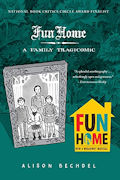 Fun Home: A Family Tragicomic by Alison Bechdel
Fun Home: A Family Tragicomic by Alison Bechdel
The Wentzville school board said the removal was for scenes of nudity, profanity, and, treating the death of a parent as a joke. The article, ardently progressive, asserts that it was because the author is a lesbian, and the book normalized the LGBTQIA+ community. So I read it. And the thing is, the book has nudity, and even a graphic sex scene between two women, it has a huge quantity of profanity, and, her father’s death is treated by her as a big joke. Nothing about the way either her or her father’s sexuality is handled in the book could remotely be considered normalizing.
She portrays her father as the worst sort of gay stereotype: alternating between mincing sissy (her words) and overbearing autocrat (yet somehow loving of his children, though she’s loathe to admit that), who, after she learns that he has possibly had sex (no proof is given, just a claim by her estranged mother, who was suing for divorce and who it seems had affairs of her own), with men, including a couple of younger men (17-19 years old), assumes that that means he was a pederast, lusting after prepubescent boys on the playground and altar boys in church; with “unwholesome morality” (her words, again); and riddled with guilt from his unnatural (her word) urges, to the point where horror of horrors, he seeks out professional help from a therapist (though he never tells her why he was seeing a therapist, this is an assumption on her part). And she assumes that all this guilt and activity on her father’s part led him to commit suicide, despite there being no evidence that he committed suicide – all evidence points to an accidental death in a car versus pedestrian accident. And she turns his death, funeral, and visits to the cemetery, into a litany of humor.
To top it off, she blithely, towards the end, talks about the obliviousness of her father when he’s teaching an English class that includes a book with a closeted protagonist, and accuses him of the worst sort of cognitive dissonance because her 40-something year old married father didn’t choose that moment in front of a class of college students to out himself, and is therefore guilty of perpetuating stereotypes. She ought to take a look in the mirror.
As to style… the book lacks any real dialogue, instead being a first person narration. Still, an odd choice for a graphic novel purportedly about the relationship between a few family members. But maybe that fits, since most of what she relates seems to be her imaginings about things that may well have never happened. The writing style is emotionless – perhaps that’s intentional to make it all seem very bleak, but at the same time, it makes it a bore to read. As to the profanity, they’re right. The captions are packed with it – however, it’s of the innocuous sort that comes from a person who can’t seem to complete a cogent thought without throwing in one of those words. We all know someone like that – they’re not really cursing, they’re just talking, and they use words that some people find objectionable the way other people use “umm”.
Hell, I’d probably vote to take this book off of public school library shelves too, partially, perhaps, for the reasons the school board gave, all of which were accurate, but more because it’s a horrifically stereotyped portrayal of an unhappily closeted gay father of the boomer generation, and a seemingly reluctant out of the closet lesbian daughter with a whole lot of emotional and empathy issues.
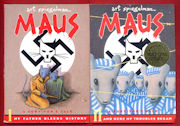 Maus I & II, by Art Spiegelman
Maus I & II, by Art Spiegelman
I have mixed feelings about the “ban” on this book, which might be hinted at by my opening paragraph, though a deeper look into the situation bothers me more than it did originally. Again, the book is not actually banned, it was just removed “as a text” from a class being taught about the Holocaust, with the intention to replace it with a different book. To me, that doesn’t seem like a big deal, unless the book chosen to replace it is one that whitewashes over what happened. But, reading through the transcript of the school board meeting makes it more troubling. The ten members of the school board, one by one, when questioned, admit they’ve never read the book. They’re relying on some reviews and blog posts about it for their assessment.
Next, and just as concerning, it turns out that the particular unit of study on the Holocaust that the two high schools offer was actually designed around Maus. Literally the entire course curriculum is based on the book, with supporting materials that include other readings, videos, and interviews with Holocaust survivors, all good things, included. In order to replace it, they have to completely redesign the curriculum for the study unit, not just select another book, because the supporting materials and lectures all have to mesh with whatever new text they select. That makes this clearly a much more long-term project, and at the least means likely not offering this course of study for at least one or two school years. It’s also worth noting that most of the ten school board members were on the school board when they approved the design of this same course, around the same book.
So what was the school board’s reasoning? Three things, all related to “we think this book is too adult for the age of the students being taught the material”, particularly “rough language”, i.e., profanity, nudity, and graphic scenes of death. The critics of their move point out that none of those things, particularly the level of them that appear in the book(s) rises to the level of what these same kids see on the internet every day. And while the board admits that’s true, they also assert that that doesn’t mean they have to intentionally put those things in front of kids as part of a class. The critics also point out, rightly, that any study of the Holocaust is going to be disturbing for students, but that that discomfort is part of what students need to experience in order to understand what happened. Making it graphic makes it more real than simply reading a text.
The dismissal of the board’s concerns by saying that the graphic panels use animals – mice, pigs, dogs, cats… rather than human figures… is a spurious one. They’re clearly intended to evoke particular caricatures of Jews, Poles, and Geman Nazis – which may actually make them more intense than if the author had used humans.
So on to my own thoughts on reading this. The book was published in two parts originally. These days there’s a “complete” version, but what I had access to were the original two, so I’m going to separate them. The first book is basically an interview that the author conducted with his father about the years leading up to, and the early years of World War 2. It’s a look at the lives of he and his family, how they coped with ever increasing restrictions on their activities and lives over a several year period.
As best I could find, the only profanity in the first book was a single use of “god dammit” by the author swearing at his father for having destroyed his wife’s diaries. The author’s upset comes from his lack of source material (which he hadn’t known existed until that moment to begin with), and shows a remarkable lack of empathy for what his father went through. It was all about himself and his project. There is no nudity in the first book that I saw, and not anything that I’d really consider graphic violence – there are several references to the gas chambers at Auschwitz, but they’re not shown. And even the street violence is more pointed to than shown.
Book two is a continuation of his father’s story, through his internment at Auschwitz and later Dachau. Much of the book is also set in modern day, with the author talking about the success of his first book, and, spending most of the time arguing with and chastising his father. Like the book above by Bechdel, the relationship of the author to his father is a strained one, and he spends almost more time berating him than he does listening to him. His father is portrayed as a stereotypical whiny, poor-English speaking Jew who does little more than scrimp and hoard money, try to cheat people, and is racist to boot. The author comes across as more interested in his personal success and comfort than anything about his family. The book’s subtitle of “And here my trouble began” seem more related to how put-out he feels about even having to help his aging father, and how it impacts his daily routine.
In terms of the school board’s concerns, as best I could find, there’s no profanity in this volume, the only nudity is a two panel scene at the start of his father’s internment in Auschwitz with a half dozen naked men (mice) in a shower, and then getting dressed. In terms of graphic violence, it’s certainly talked about, but for the most part, not pictured. Even a scene that was specifically referenced, of a man who’d been shot lying in a pool of his own blood, most of the panel and the man’s body is blocked out by the caption box. A graphic scene of his mother’s suicide was also mentioned, however, as best I could find, doesn’t appear in either volume, though her suicide is mentioned a couple of times, with no details given.
While personally I’m not big on graphic novels, I found these to be well written, well illustrated, and engaging. I can see why they were chosen as a way of capturing the attention of the age group they’re intended for. So, overall, on this one, I think the school board’s decision was pretty stupid. They admitted they’d never read the books. Their objections to specific material aren’t supported by what is actually in the books. And the fact that the entire curriculum needs to be rewritten and redesigned because of this removal seems a waste of a lot of time that had gone into the (successful) implementation of this program.
On the flipside, I haven’t seen any evidence that supports the critics’ point of view, much of which, I’d note, is driven by the author himself and his publisher. Unless there’s some secret agenda to simply never re-do this study unit, there’s nothing to indicate any anti-semitism, nor plans to eliminate the Holocaust from the school’s curriculum. While I think a better approach if they didn’t like this book would have been to first read it, and then if they still felt the same way, to propose the redesign, but keep the current design in play until the new one was ready, would have made more sense, and avoided a lot of media hysteria and blowback.
[Edit: While it has not been kept on as the core textbook of the course on the Holocaust, and I haven’t found any reference to what it was replace with, it was decided not to ban the Maus books from the school libraries, and they remain available to students to read. Which kind of makes the claims of the school board a bit suspect – perhaps they were just trying to appease a few upset parents about a classroom text?]





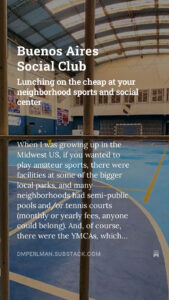 My first article is up on my new Substack page – a subscription service for longer form articles. Mostly they will be on food, wine, and travel, much like my SaltShaker blog, but with more depth to them. For the moment, the subscription is free, with an eye towards paid subscriptions (already available for those who want to support my writing) down the line.
My first article is up on my new Substack page – a subscription service for longer form articles. Mostly they will be on food, wine, and travel, much like my SaltShaker blog, but with more depth to them. For the moment, the subscription is free, with an eye towards paid subscriptions (already available for those who want to support my writing) down the line.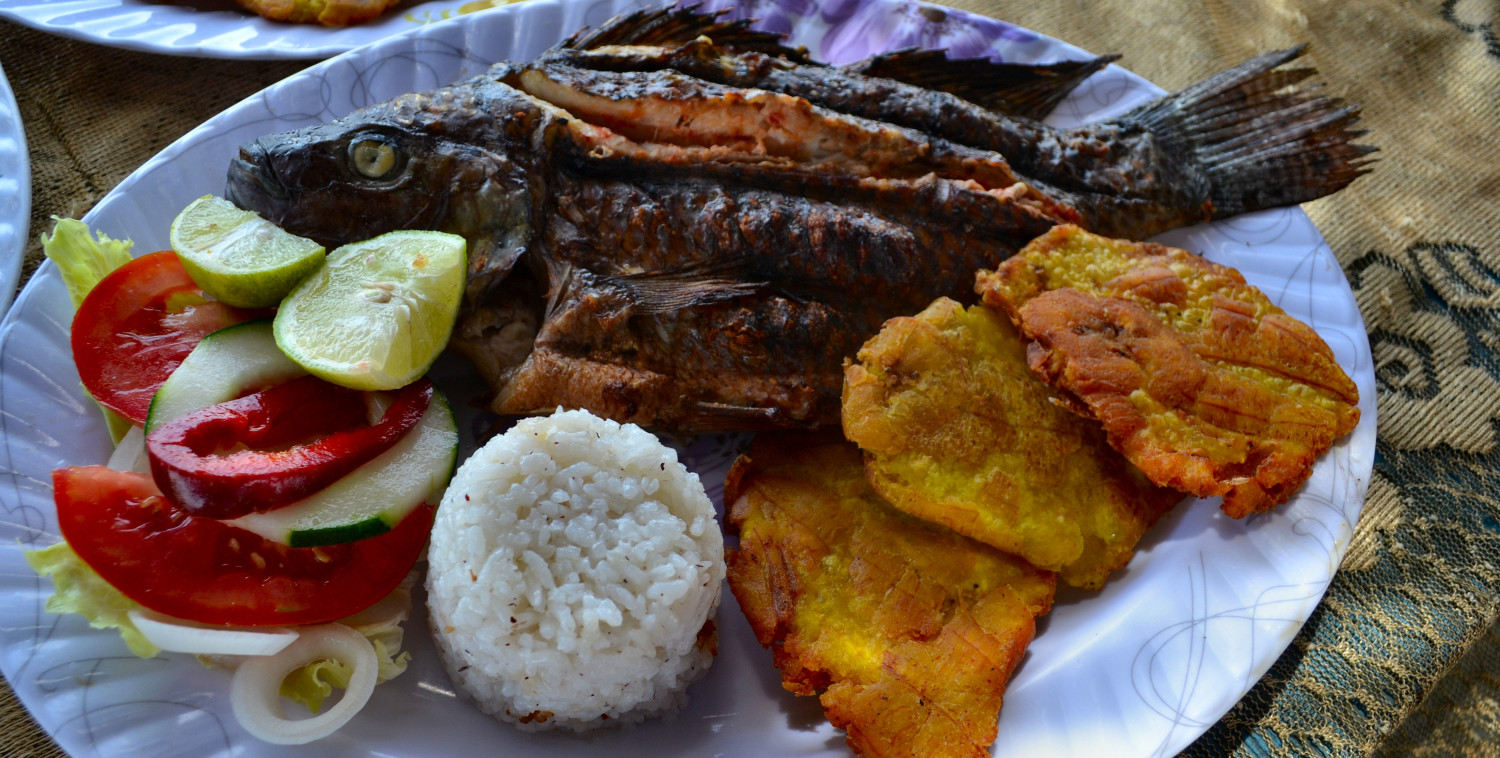
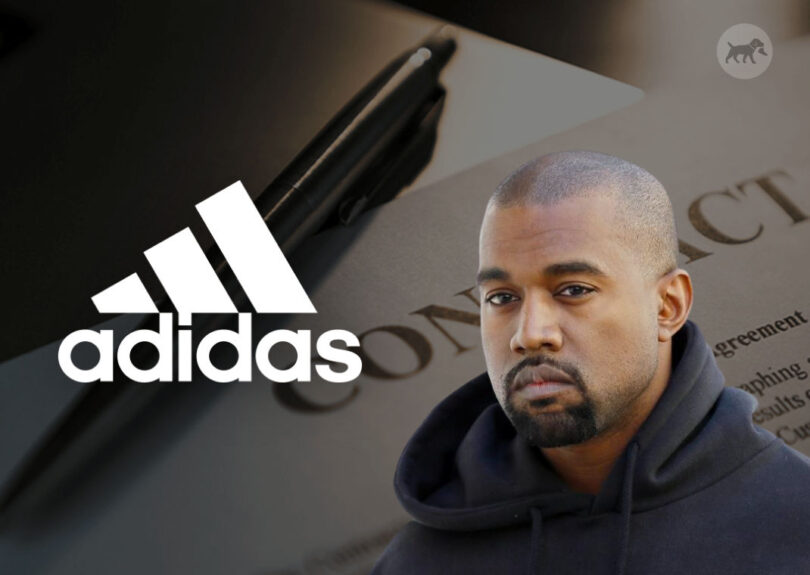

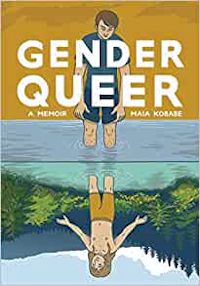
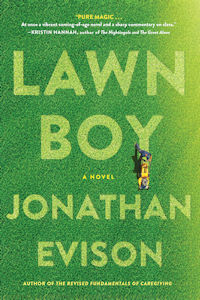
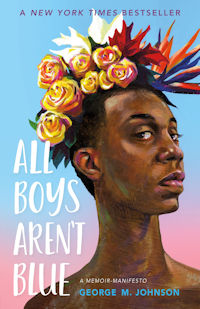
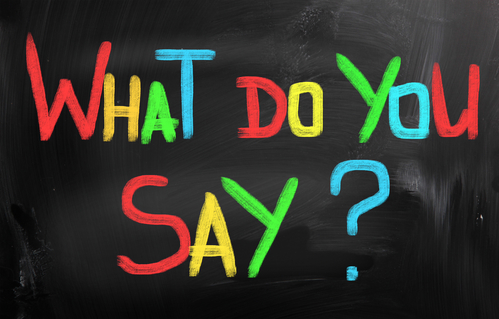


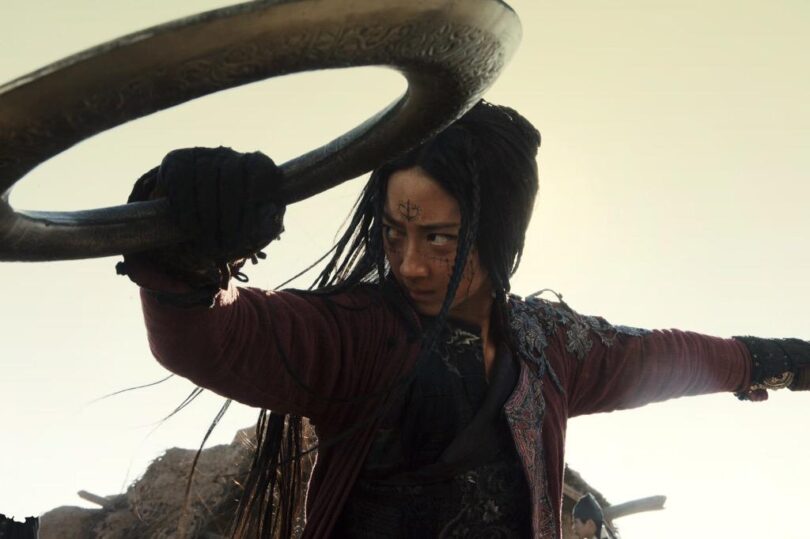
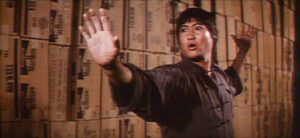
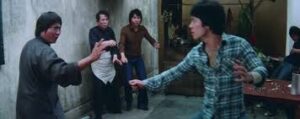
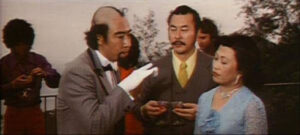
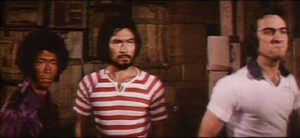
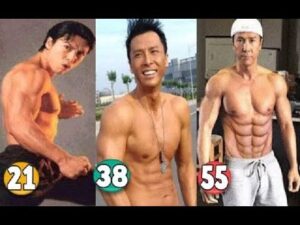
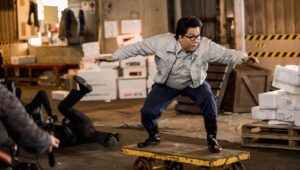
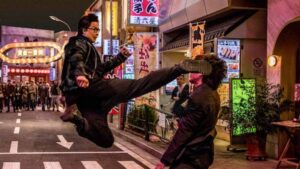
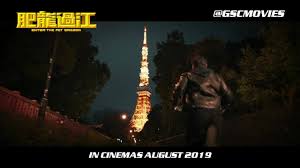
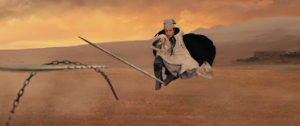
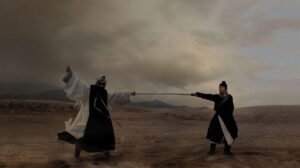
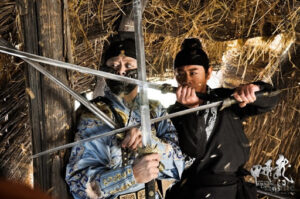

 By request from a friend who is the editor for the The World Congress of GLBT Jews, I wrote up this little piece for their High Holidays 5781/2020 newsletter, which came out today.
By request from a friend who is the editor for the The World Congress of GLBT Jews, I wrote up this little piece for their High Holidays 5781/2020 newsletter, which came out today.